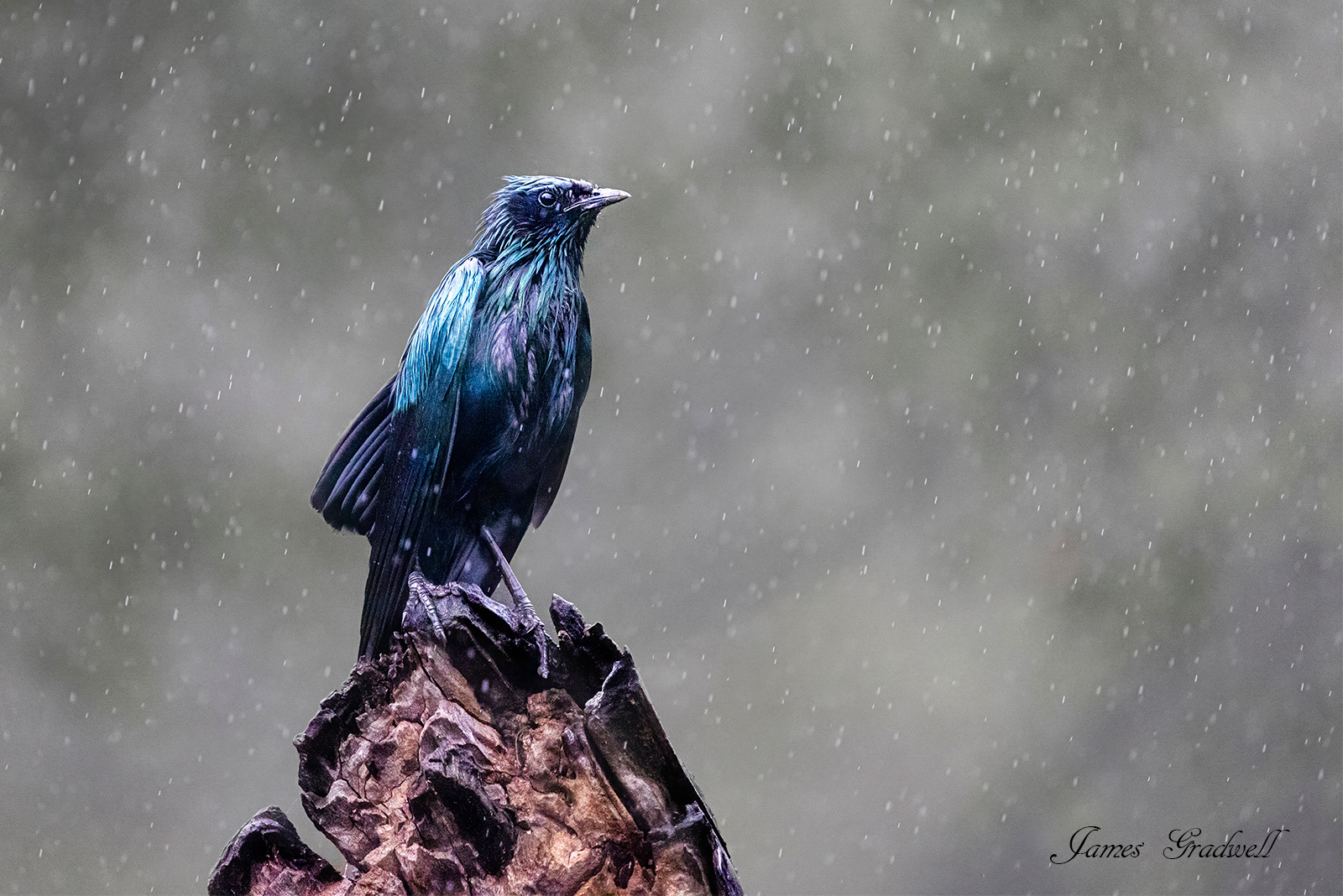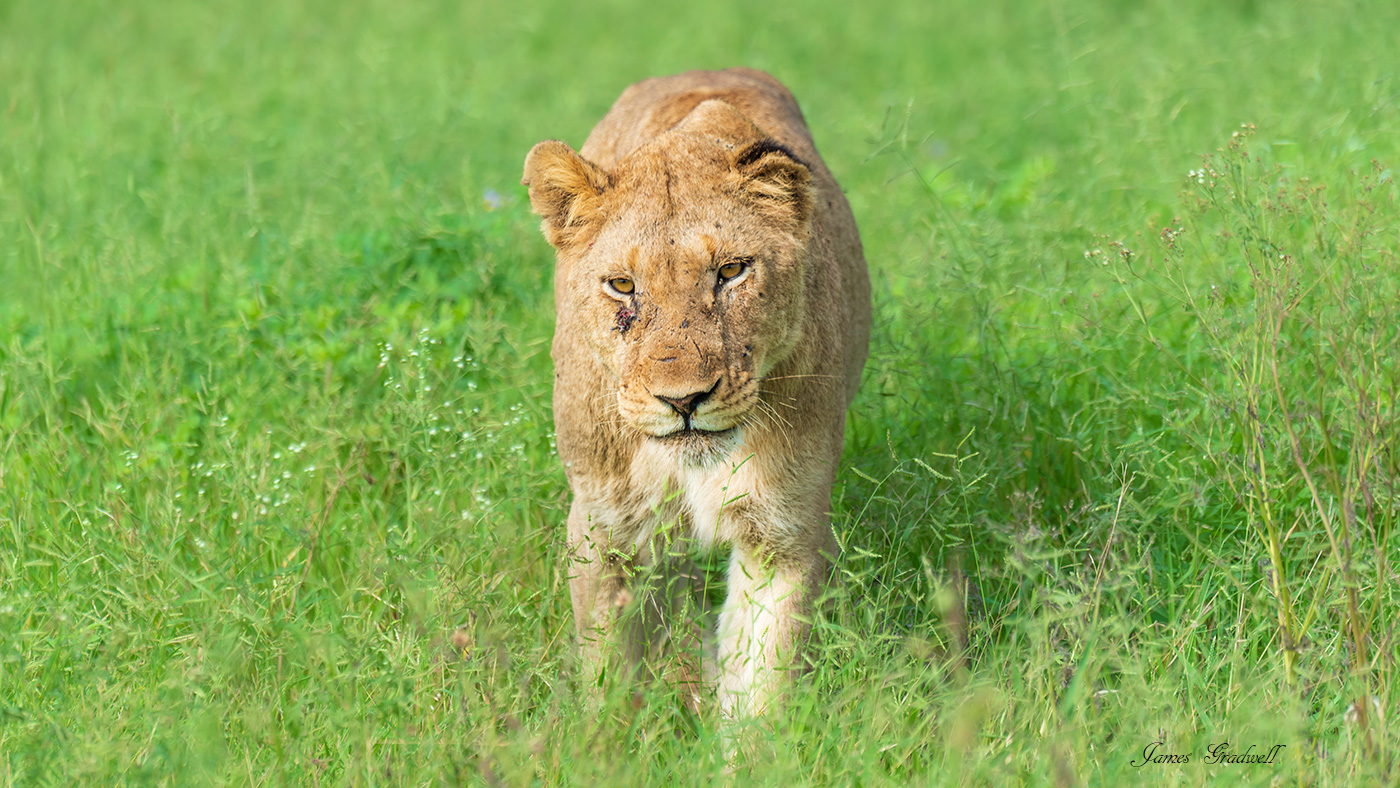ADVANTAGES OF THE RAIN SEASON

CAPE REGION
RAIN SEASON (APPROX) JUNE – EARLY OCTOBER
We don’t get monsoon rains in Southern Africa, instead our rain days come and go with great weather in-between. Rainfall in the Cape is mainly during winter in the form of large cold fronts that sweep in from the Atlantic Ocean but due to the Cape’s mountainous terrain rainfall varies significantly from place to place. The city and coastal plains receive approximately 515 millimeters (20 in) of rain per year while the mountain areas can receive as much as 1,500 millimeters+ (60 in). The Cape is known for its ‘4 seasons in one day’ weather patterns as the mountains and wind strongly influence micro climates.
Importantly it doesn’t rain all the time; cold fronts are interspersed with cool, clear days of the bluest skies with soft light so you can photograph all day long. And even when it rains, there are still amazing photographic opportunities with many award winning images captured in the wet. In the Safari region the rains fall mainly in summer, usually in the form of dramatic thunderstorms, though it can also be via large cold fronts that sweep up through the country.
The Rain season has many advantages, it’s cheaper to travel, there are fewer people around, the landscapes are rich and colourful but the most important factor is there are many nature events that simply do not occur in the Cape at any other time!
- SHARK SAFARI: The only place in the world where the sharks consistently leap out the water hunting seals. Shark Season runs mid-April to Sept but best time is June-Aug.
- WHALE WATCHING: Hermanus/Walker Bay region offers some the best shore based whale watching on the planet, whales return May to Nov but peak months are July-Oct.
- BIRDLIFE: A pelagic bird trip or boat tour of the False Bay islands can produce thousands of birds, 30 000+ have been recorded on a single trip, best time June through to Oct.
- NAMAQUALAND FLOWERS From August to Sept one of the greatest wild flower shows on earth occurs in the Northern Cape. For Cape Town itself the flower season runs from Sept to Nov. Just like Fall Foliage in the USA, Flower intensity and locations vary year to year,
.

SAFARI REGION
RAIN SEASON (APPROX) NOV – EARLY APRIL
- COLOUR: The rains bring color to the land, not just verdant greens but colourful flowers too. Dry season browns just don’t offer the same ‘punch’ to images
- BABIES: Nov/ Dec/ Jan is the season for babies, with little zebras, gnus and antelope everywhere, this also means predators are on the look-out for easy meals.
- MIGRANT BIRDS: From Sept onwards the migrant birds return, Nov-Feb they’re all back by Mid-March they start to leave again
- MOUNTAINS & GRASSLANDS: For keen birders Nov-March is the best time for the Mountain and Grassland regions, as well as bird hot spots like Wakkerstroom
- RATES: Best prices and fewest tourists
- NOVEMBER ADVANTAGE: Because its the start of the rain season, you may get the best of both worlds, wet season colours with short grass and the dry season advantage where wildlife concentrates around water sources (if the rains are late can last all the way Into Dec). That said rains can start proper anytime in Nov but as a general tend to start late Nov, even early December.
The reality is no matter when you choose to travel you’re going to be blown away, Southern Africa is a year round photographic paradise. Climate change also means we can any weather, anytime!
